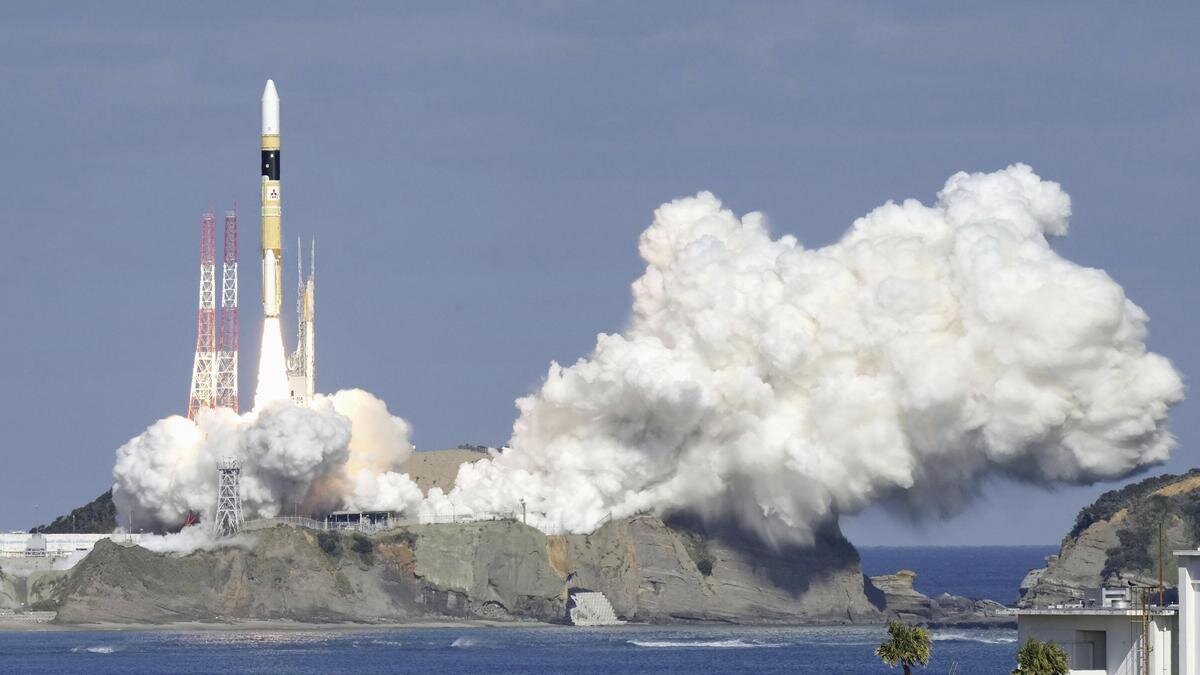
The launch was scheduled for January 11, but was postponed due to unfavorable weather conditions.
The Kogaku-8 satellite belongs to the Japanese government and will be used for information gathering. It will monitor the Earth’s surface from space and collect data on military facilities, movements and the situation in North Korea, especially in connection with Pyongyang’s missile program, and will also serve the purpose of collecting information in case of natural disasters.
The satellite cost 40 billion yen ($275 million) to develop.
The Japanese government currently uses 10 satellites to gather information.
The H2A rocket is liquid-fueled. This is the 48th launch of this type of rocket. It is expected to be phased out in fiscal 2024, which begins April 1, after the 50th launch. The H2A is scheduled to be replaced by the next-generation H3 rocket, which is due to be launched after February 15.
Earlier, North Korean leader Kim Jong Un vowed to launch three more satellites in 2024, following the successful launch of the first satellite last year. Pyongyang needs to be able to “respond quickly to a possible nuclear crisis.”
RHM/PR




